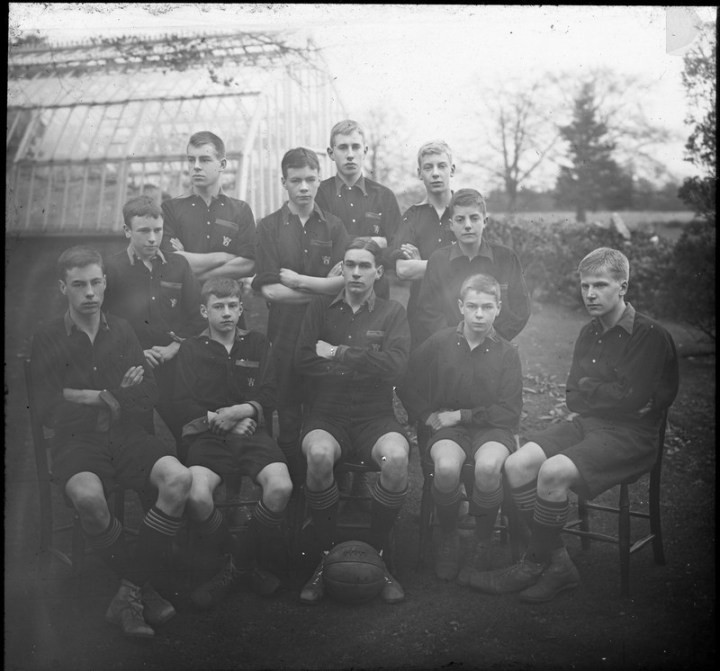The edition of Christian Life published to celebrate the centenary of the Trinity Act never fails to provide something of interest. Leafing through its pages the other day looking for something else I chanced upon the half page or so celebrating Willaston School. As with everything else in the whole issue it gives a celebratory account of the institution in question. I notice that the regular Sunday services were conducted by the headmaster or the Unitarian minister in Nantwich and that religious teaching in the school consisted of “instruction in the Bible, and in the history of liberal thought and religion”. The fees were £63 per annum although bursaries were available for the sons of ministers. It paints a positive picture of music, the classics, cricket etc. with every boy cultivating his own allotment in the twenty-four acres of grounds and “a resident staff of university men”. It provided “a public school education on modern lines”. For those who could afford it, it was a golden age, the last days of the old order before everything was changed utterly by the First World War.
One of the things the recently published book Willaston School Nantwich edited by Andrew Lamberton and published by Willaston and District History Group brings out is how heavily militarised the school became after the war started. There is nothing unusual in that but nearly every boy and member of staff became a member of the Army Cadet Corps and many of them were to be killed at the front in a matter of years, a great many of them decorated for bravery as I have already noticed in the previous post. At least one founding pupil took a different view though. Although I have mentioned him in the forthcoming review of the book that will appear in the 2016 issue of the Transactions of the Unitarian Historical Society I didn’t mention him in the previous post. William Mellor joined the school in 1900 and went on to Exeter College, Oxford. He was a prefect and a captain of cricket and football. He ended up as editor of the Daily Herald and the Tribune and during the First World War was a conscientious objector. His career was not without significance in the development of the Labour party. William Mellor shared radical socialist views with his brother, the Rev Stanley Mellor, minister at Hope Street Church, Liverpool. William and Stanley were the sons of Rev William Mellor, Unitarian minister at Huddersfield before the First World War. I am grateful to Andrew Mellor, grandson of the William in the photograph below, for this family information.
But one other short passage from the Willaston book stuck in my mind. In the chapter on 1914-1924 short passages illustrating the activities of the Cadets are given, taken from the school magazine, including this one on page 45:
In April 1918, “We have only had one lecture this term; that was a most interesting one from Captain Kitchen, (Old Willastonian) Assistant Instructor at the Command Gas School Aldershot. Besides the description of the uses of gas, various specimens of gas masks displayed, practical demonstrations were given of tear-gas and smoke bombs.”
This must have been R.T. Kitchen who was at the school from 1903 to 1908. The first use of gas by British troops came at the battle of Loos in 1915. It was not a success, the wind blew the gas back into the British trenches. Later in the war the allies also utilised mustard gas. A grim job indeed to be assistant instructor at the Gas Command School.

In one of the many images in the Willaston School Nantwich book there is a picture of the Football XI in 1908 (page 60). There they sit, the first eleven, a confident looking W. Mellor (captain) seated in the centre. To his left is Norman Ebbutt who served in the RNVS throughout the First World War, and who later became The Times correspondent in Berlin until he was expelled by Goebbels. To William Mellor’s right is a young R.T. Kitchen.









